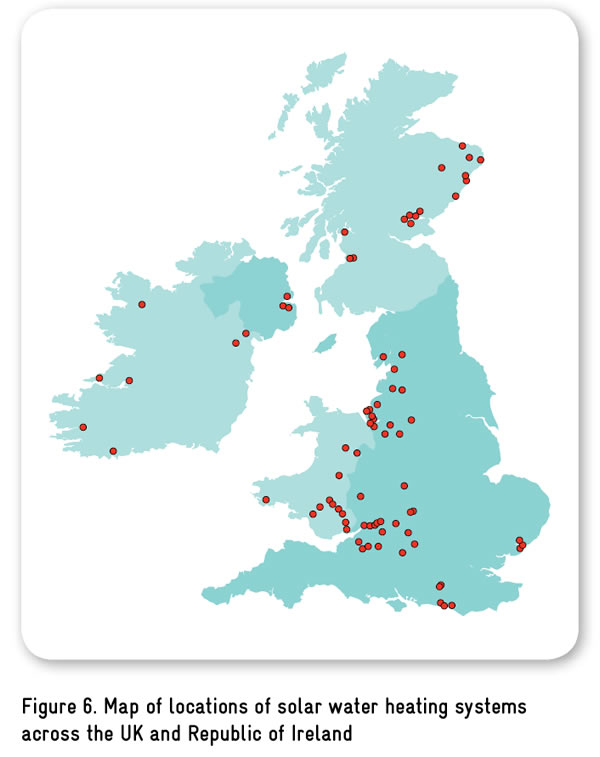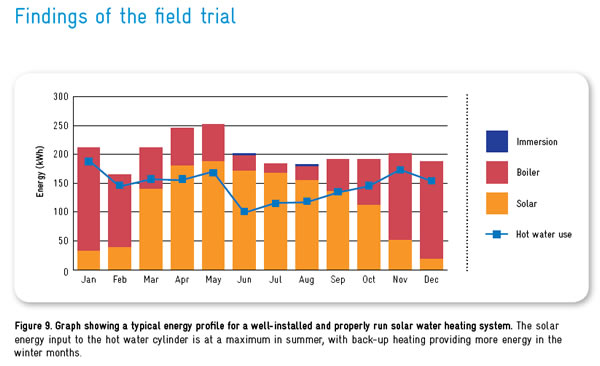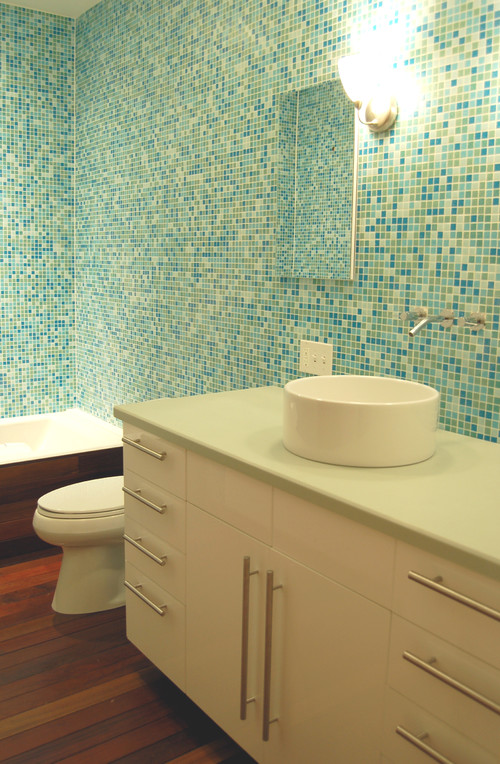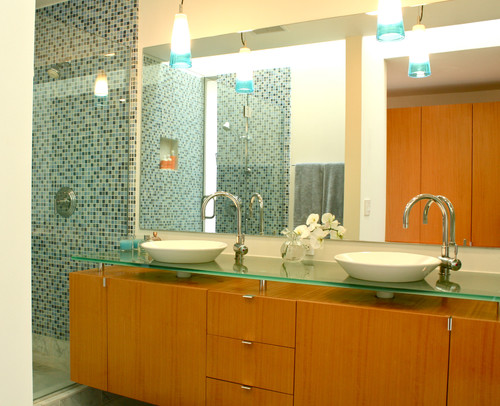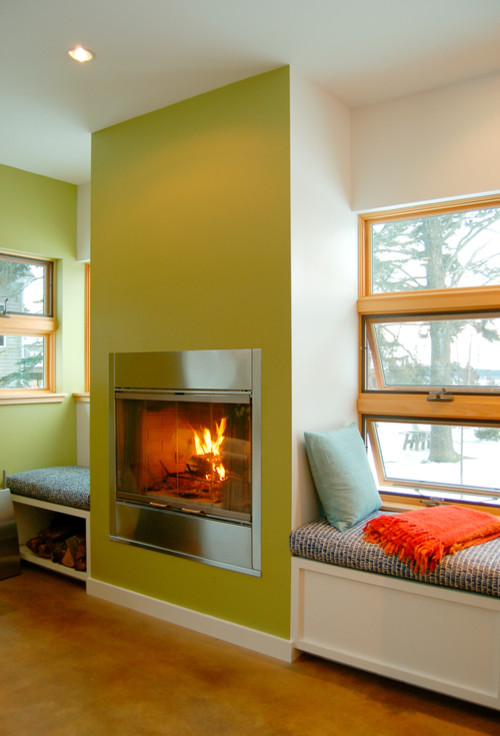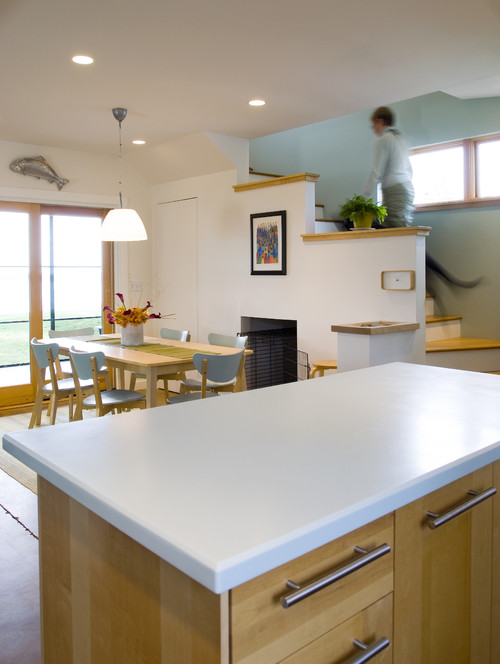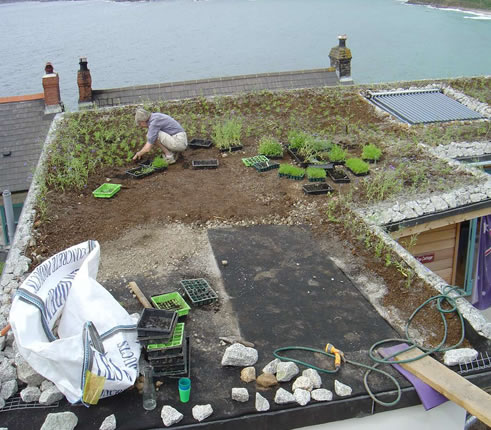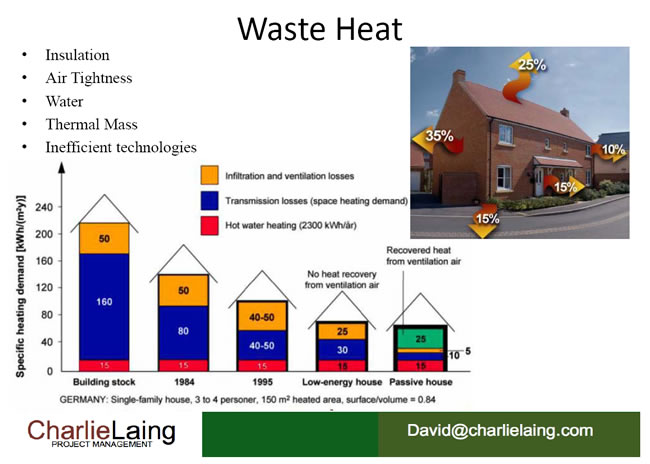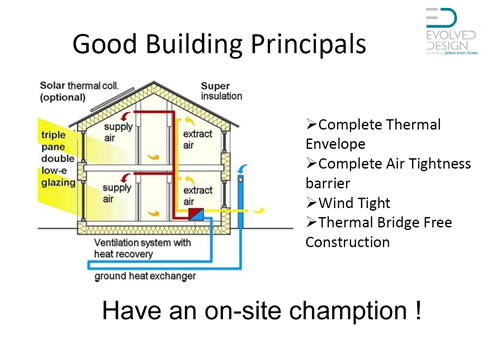I saw a stand at the the Ecobuild show with great looking GRP windows and doors.
Apparently cheaper and better than Alu clad windows for sea environment resistance and also cheaper.
I’ve been in touch with Yprado. Their reply is in italics below. This mirrors what is in their brochures.
Posting to the Green Building Forum got a discussion going, including:
I pioneered pultruded GRP windows in UK over 10 years ago – as ‘Pultec’, (PULtrusion TEChnology) – still available but now owned by Yprado UK Ltd, in Bristol and highly successful. FRP composite materials (like carbon-fibre, fibreglass etc) are not just for windows but a worldwide development for superior performance outdoors. Best example: New Boeing 787 Dream-Liner is first aircraft to progress beyond aluminium to ‘FRP composites’ for wings and body, for greater strength, longer life and better sustainability! Definitely the window frame material of the future, as already happening in North America. Lower U values due to inherently low thermal conductance of material (65% glass, fibres), 75 year life! Impervious to all weather, chemicals and salt corrosion (coastal) and even termites; Indestructible by natural forces. Zero maintenance yet unlimited repair/repaint options if required! Double and triple glazing, solar control, acoustic, the lot! Well worth looking into! (www.yprado.co.uk) Final news? Lower cost than timber/aluminium windows by a good margin!
Also from the Green Building Forum:
Both Velfac and ProTec were exhibiting GRP/timber composites at EcoBuild.
– I only saw / noticed the Yprado GRP products at the show, but will email the others.
Yprado Email about their GRP Windows and Doors
Pultec® pultruded glass reinforced composite windows are made from the same advanced composite materials technology as the new Boeing 787. ‘Composites’ are a significant technological breakthrough World-wide, in the quest for increasingly durable, lighter, stronger and more sustainable materials generally – not just for windows – but having adopted that technology for fenestration, we find the benefits supersede the performance of all other window frame materials, by some considerable margin, as detailed below.
What is even better is that our customers agree with us and tend to continue to use us long after their first scheme has been completed.
Pultec® is setting new standards of energy efficiency, durability and sustainability.
Summary of advantages:-
- · Sustainability:
- “A” Rated in BRE Green Guide to Specification for Sustainable Construction (UK)
- BREEAM: 4½ extra credits potentially available.
- 22% is from a recycled source. Product 100% recyclable upon disposal. (see update below)
- 65% glass content, (silica/sand, the most abundant substance on the planet)
- Sensitivity Report attached, quantifying environmental credentials by sustainability consultants Price & Myers, London.
- Energy Efficiency:
- “U” values 0.8 – 1.6 “U” W/M2K on the total window. 1.2 U value achieved with double glazing only, no need for triple (thus cheaper and less wear on hinges)
- Low embodied energy in pultrusion manufacturing process
- Durability:
- Twice the strength to weight ratio of mild steel – cannot deform like aluminium
- 75 years service life + 12 year Warranty.
- Negligible coefficient of expansion, even if coated black
- Performance unaffected in temperatures between +100C and -100C
- Impervious to UV degradation
- Impervious to salt corrosion and water
- Impervious to the harshest weather – effectively, indestructible by natural forces.
- Impervious to termites – ( hugely beneficial in Southern climates)
- · General performance:
- Robust – used on Young Mental Offenders Secure Units – Meets MOD anti-terrorist glazing requirements – DMG2 “Normal”
- Secured by Design accredited – Police preferred specification – including both BS 7950 and PAS 23/24
- Zero maintenance required – however, surface damage, structural repairs and re-painting can be easily undertaken on site, with no consequential liability for future applications.
- High resistance to impact damage – will not deform under impact.
- Price competitivewith aluminium
- Any RAL colour available (200+ options)
- Does not affect radio waves
- Has a high dielectric capability
- Impervious to all chemicals and most acids.
Pultec® has been described by the Construction Director of Europe’s largest hotel chain, as “Totally the future for commercial windows, nothing else even comes close”.
Also have a look at the blog post about the Life cycle of window materials – energy consumption and environmental impacts. This survey didn’t include GRP windows.
2013 November Updates from Yprado.co.uk Website
How Yprado Meets Today’s Sustainability Requirements
| Category |
Benefits from Yprado GRP Windows |
| Sustainability (of source and in manufacture) |
Manufactured from 65% glass (33% recycled) and only 5% oil derivatives
No volatile organic constituents within material (VOCs)
Temperature of pultrusion process is only 150C (Thus, low embodied energy)
Non toxic, non carcinogenic, non harmful process and product |
| Ozone Depletion |
Ozone Depletion Potential (ODP) = zero, thus ‘ZODP’
No chlorine or other ozone damaging substances are released |
CO2 emissions
Greenhouse gas
Global Warming
Climate change |
Global warming Potential (GWP) = zero
No hardwood, so Rainforests left intact to allow Nature to continue to absorb CO2.
No CFCs, HCFCs or other greenhouse gases or hazardous substances
Material is inert and does not leach out chemicals during life |
| Energy Efficiency |
Lowest thermal conductivity of all window materials
No metal reinforcing means no cold bridge, thus maximising insulation
‘U’ values typically 0.6 – 1.6 WM2K (Bldg Regs require 1.8)
Uniquely, Yprado can achieve both 1.4 U value and Rw 41 acoustics, in same unit! |
| Strength and security |
Strength of profile negates the need for metal reinforcing inserts.
Police standard ‘Secured by Design’ is met via BS 7950 compliance
Tensile strength is actually greater than steel – weight for weight
Frames are totally rigid, do not flex, nor need glass unit for squareness. |
| Thermal movement |
Being 65% glass, the profile has negligible expansion/contraction in any colour, even black. This stability avoids maintenance adjustments in Summer/Winter.
Coefficient of expansion is similar to glass, thus no friction between profile and glass unit, which prolongs life of D/G sealed unit. |
Life expectancy
Warranty period
Surface finish |
Up to 75 years design life, since fibreglass is unaffected by the elements and does not weaken, corrode or deteriorate over time.
20 year Warranty on window frames
Colour is for aesthetic reasons only – not to protect it like timber or aluminium.
Life of finish exceeds 20 years – but unlike powder coating or PVC, can be re-applied at any stage to further extend life by a similar 20 year period. |
Maintenance
Reparability
Practicality in situ |
The joy of fibreglass is that it requires no maintenance – yet is fully reparable
Damaged sections can be easily repaired with an epoxy kit and painted.
Unaffected by rain, wind, sun or salt sea spray, climatically indestructible |
Life cycle analysis
‘Best value’
Whole Life Cost |
50 – 75 year life expectancy is longer than for any other material
WLC study by BRE proves ‘best value’ over PVC and Ali, over 30 years.
But 20 – 45 years life still remains, to widen cost and carbon benefits.
Case study on Softwood reveals Yprado is 50% cheaper after necessary maintenance |
Disposal
Re-use |
BRE Study Group advise grinding down waste to use as filler
Adding this filler to concrete acts as binding agent for greater strength |
| Noise reduction |
The high density frame section helps to reduce noise, enabling a higher dBR sound reduction to be achieved over other window materials for any given glass specification. Rw 38 and dBr 42.9 certified as standard.
Uniquely, Yprado can achieve both Rw 41 and 1.4 U value in the same unit! |
| Bio-degradability |
Zero. Yprado’s success is that it cannot bio-degrade, so requires no protection (and maintenance) from doing so, unlike timber and aluminium. Bio-degradable external building products are not advisable in UK maritime climate – hence having been largely eliminated now, from modern methods of construction (MMC)
Timber bio-degrading, releases the greenhouse gas, ‘Methane’ (ex BRE) |

